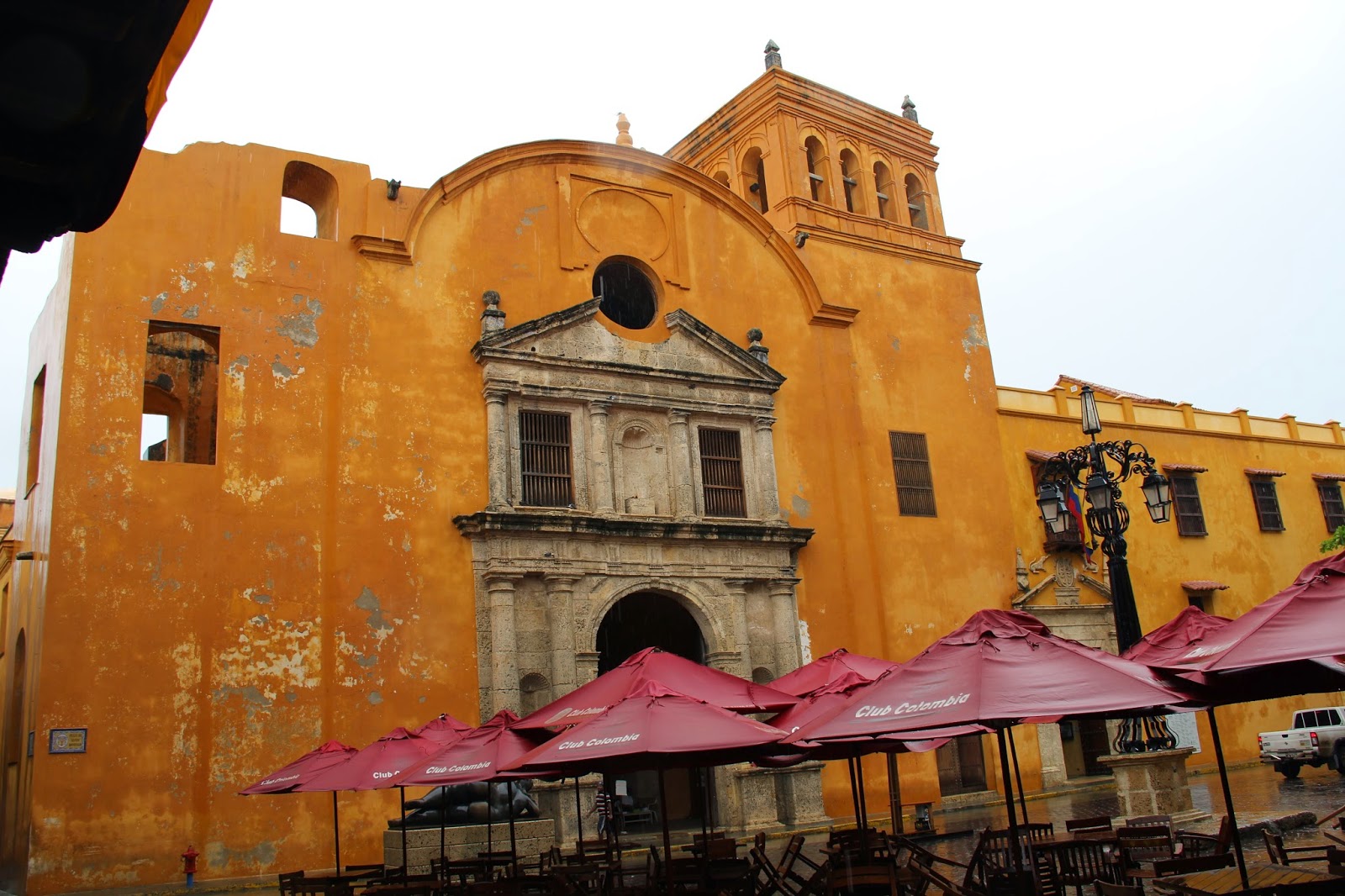30th October 2014
Arrival at Puntarenas, Costa Rica was at 8
am, after a very straight forward entry
into a big harbor and a bit of a tricky tie up at a long wharf that extended
well out from the shore and was exposed to strong tidal cross flows. It was handled with ease, and a bit of
patience, and we docked pretty much on time.
There is a small town at the end of the
wharf, which we may get to explore later in the day, but our first priority is
to join our tour up into the hills for an aerial gondola ride through the
rainforest. Everyone has told us that at sea level, there is not much to see,
so you need to get up into the mountains to see the rainforest and wildlife. As
the original shore excursion we booked was cancelled, we hope this one lives up
to expectations.
En route to the rainforest we pass Puerto
Caldera, which was where the ship was originally going to berth. It is a
container berth with no tourist infrastructure anywhere nearby, so it looks
like HAL has made a good decision in moving us to Puntarenas.
Costa Rica is a very friendly place,
(apparently voted the happiest country in the World 2 years in a row). Our
guide is a young lady who is very open, and is happy to tell us anything we
want to know about life in Costa Rica. They are proud of now having some
technology industries, with Intel and Hewlett Packard building factories here,
as well as a few other industries that are reasonably technical, but
utilisation of cheap labour, a good level of education and competitive company
tax rates may explain much of the investment. Costa Rica also has no army, thus
they are able to channel funds that may have been spent on defense into health,
education and social services. It is not a rich country, but the middle class
is growing.
Our one hour plus bus ride is filled with
information about how much progress they have made, obviously with some pride.
We arrived at the site of the aerial
gondola ride, which also catered for zip liners (people whizzing through the
forest connected to flying fox cables), and a small “zoo” highlighting of few
of the local snakes, spiders, frogs etc.
An hour tour through the “zoo” was
informative, but more than enough, and it was then on to a Costa Rican lunch
buffet. This consisted of chicken, rice, black beans, salad, steamed vegetables
and fried plantains. It actually wasn’t too bad.
Next was the gondola ride through the
forest, which was in open air cars holding 8 people each, which ascended about
700 feet up a hill into various stages of rainforest, including some old growth
forest. We saw some wildlife, iguanas, a few toucans and some other birds, but
getting a decent photo was difficult. The rainforest growth was lush, not
unlike what we have at home.
Overall it was a bit underwhelming, but
interesting nevertheless. The guides throughout the day were fantastic, and all
very enthusiastic about their Country. It was nice to see, and they know that
tourism will play an important role in their future and are keen to contribute.
I think our original tour would have been a
lot more interesting, as it took in an active volcano, a coffee plantation and
an artisan village.
Back at the pier we had about an hour to
explore the local town, before all aboard at 5.30pm. There were market stalls
set up along the shore to capture a few tourist dollars, and some shops and
restaurants/bars. After a bit of bargain hunting, a cold beer at one of the
restaurants brightened our spirits. The local beer, Imperial, was most
acceptable.


































































